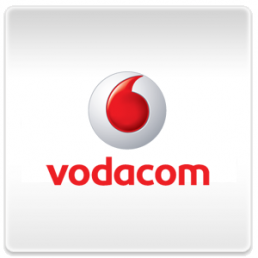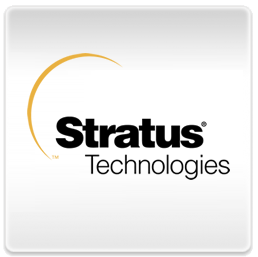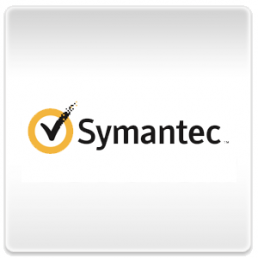Tweeting versus experiencing
Submitted by Tiisetso Tshetlo on Tue, 2012-08-21 09:37

As children, we were always told not to bring our gadgets to the dinner table, that it was “rude to be busy with something else while someone was trying to talk to you” and “quality face time is more important than conversation with people who were miles away”. With social media growing as rapidly as it has however, times certainly have changed.
Cerebra’s CEO has this to say, “It's a little bit like saying a hundred years ago you can't have telephones in offices because the ringing will distract people. It's [social media] a part of life these days.”
When holding an event or conference, social media can be used to expand your share of voice online and push your brand even further than in the days of pure traditional media. The use of micro blogging sites, like Twitter, allows your audience to share the experience with their network of followers in real time, causing events to go viral and trend. Live tweeting as it’s called is defined as “engaging on Twitter continually for a period of time, from 20 minutes to a few hours, with a sequence of focused Tweets. The focus can be anything from a live event, like a concert or sporting gig, to an award ceremony or TV show.
There are a few things to keep in mind when live tweeting in order to capture your audience and give appropriate content relating to the show or event; using a relevant hash tag; charging the mobile device you’ll be using to tweet; understanding your audience to give the most relevant and important points from the speakers and following the speakers beforehand.
One wonders whether this is actually beneficial to either the speakers or the audience. It might serve as a distraction to have people’s heads bowed down and frantically typing away on their phones to inform a network of people who aren’t even in the room, while the speaker would like to teach, engage and provoke conversation on your topic with living, breathing, present human beings. It deviates from information being internalised and sinking in, yet at the same time it helps like-minded people connect. Not to mention it continues the presentation outside the confines of the room and shares different perspectives on the same content.
Nowadays, more and more people are attending events with gadgets that allow them to communicate non-stop. Handy, yes, however, are we growing accustomed to people being rude and unresponsive because their attention is split? It also begs the question; who is the master of information? The person behind the microphone, or the person tweeting the information back to their network of followers?
Cerebra’s Business Developer says, “If people have tweeted during a presentation I give, I also like to look back at the tweets afterwards. It gives me an idea if people have effectively interpreted what I was trying to get across. It also allows me as a speaker to answer questions or comments after my presentation has finished, so it increases the longevity of my presentation.”
In the words of E-activism expert Jason Leftkowitz, “There’s only one thing worse than breathlessly tweeting to people who aren’t in the session with you: breathlessly tweeting to people who are in the session with you.” While live tweeting may be annoying to some and an asset to others, the benefits far outweigh the negatives. Just make sure you have a speedy spell-check.


















